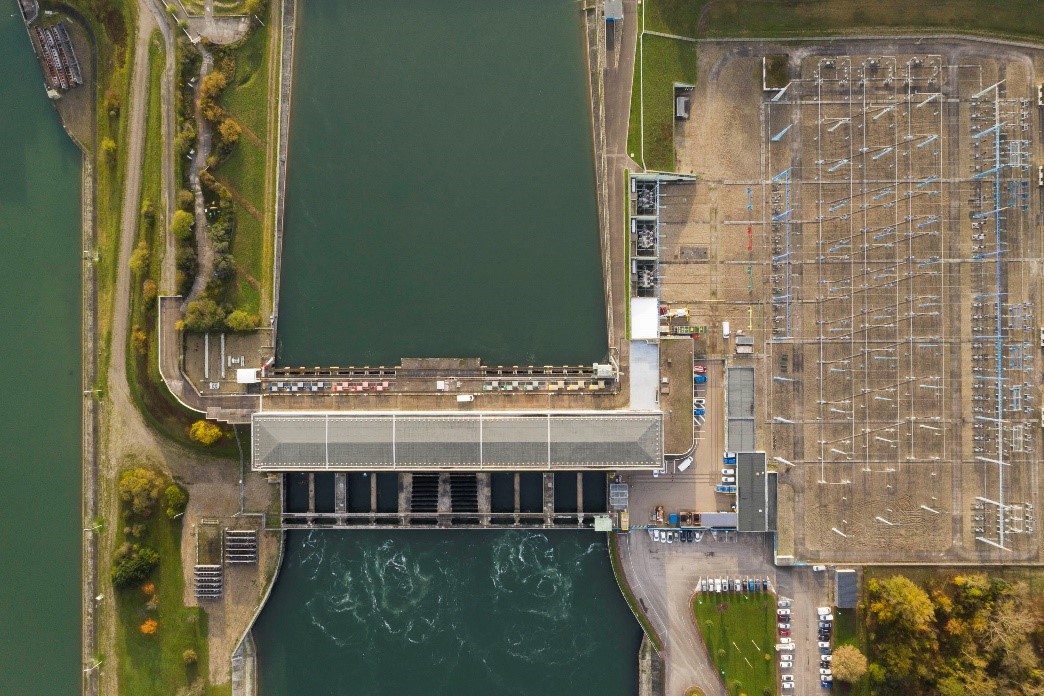INESC TEC concludes study on flexibility, technologies and scenarios for hydropower
Hydropower will play a key role in the decarbonisation process. The path to decarbonisation relies on a significant increase in the production of variable renewable energy - which, in turn, is expected to cause high volatility in the European electricity system.
29th December 2020
Bearing in mind that grid operators must constantly balance energy demand and supply, in order to keep the systems stable, the controllability provided by hydroelectric power plants is a key element, which can actively contribute to this process. In this sense, INESC TEC has developed a scientific study called “Flexibility, technologies and scenarios for hydropower”, focused on establishing the relevant foundations in terms of the flexibility services that will be necessary to ensure the operation of the future electricity system.
"This study focused on assessing the different ancillary services emerging within the scope of the European balancing market, since they are a fundamental tool for grid operators, thus enabling the adequate real time operation of the electricity grid. In view of the energy mix evolution, these services are changing rapidly, while still being subject to standardisation and integration into European platforms, whose tendency allows establishing their transnational management, thus providing an important set of opportunities for the potential suppliers of these services. In this project, the relevant suppliers of these services are hydroelectric power plants, of different nature. The goal is to maximise the capacity of said plants, so they can provide these services, which will be crucial to the energy systems of the future”, explained Carlos Moreira, researcher at INESC TEC’s Centre for Power and Energy Systems (CPES).
The study also focused on identifying several innovative (among other) services, namely: synchronous inertia i.e., inherent capability of rotating machines directly connected to the power grid to store and inject their kinetic energy, in order to address rapid variations in system frequency, and synthetic inertia i.e., the capability of power electronic-interfaced energy sources to emulate an operating characteristics quite similar to synchronous inertia. This study also considered emergent services related to fast frequency response (with response times of just a few seconds), designed to provide an active power response faster than that existing in the traditional operating reserves.
Other technological solutions were also identified, which will be tested in Portugal, France and Switzerland. They will help improving the capacity of different hydroelectric power plants, thus contributing to the grid’s flexibility. More specifically, the study explored the development of a smart power plant supervisor, the integration of advanced control systems for the hybridisation of hydroelectric power plants through battery energy storage systems, and the use of a hydraulic short circuit (simultaneous operation of turbines and pumps in pumped storage plants), namely at plants that resort to pumping and variable speed generation technology.
This scientific work, led by INESC TEC, and developed in partnership with other entities, like Ecole Polytechnique Fédérale de Lausanne, Power Vision Engineering Sàrl, SuperGrid Institute, International Hydropower Association, EDP, EDP CNET and CEA, is associated with the European project XFLEX HYDRO. The report is available here (https://xflexhydro.net/flexibility-technologies-and-scenarios-for-hydropower-report)
The Centre for Power and Energy Systems (CPES) and the Centre for Industrial Engineering and Management (CEGI) represent INESC TEC in this project. CPES researchers Carlos Moreira, Manuel Castro, Maria Helena Vasconcelos and Bernardo Silva developed this work.
The European project XFLEX HYDRO, financed at €18M by the European Commission, aims to demonstrate how flexible water assets can help countries and regions achieve their goals regarding renewable energy sources. Portugal, similarly to France and Switzerland, will install a demonstrator to test and validate concepts and technologies.
The Hydropower Extending Power System Flexibility (XFLEX HYDRO) project has received funding from the European Union’s Horizon 2020 research and innovation programme under grant agreement No 857832.
The INESC TEC researchers mentioned in this news piece are associated with UP-FEUP.
Photo credits: EDF and XFLEX HYDRO project / EU Horizon 2020 / Photographer: Mathias Magg


